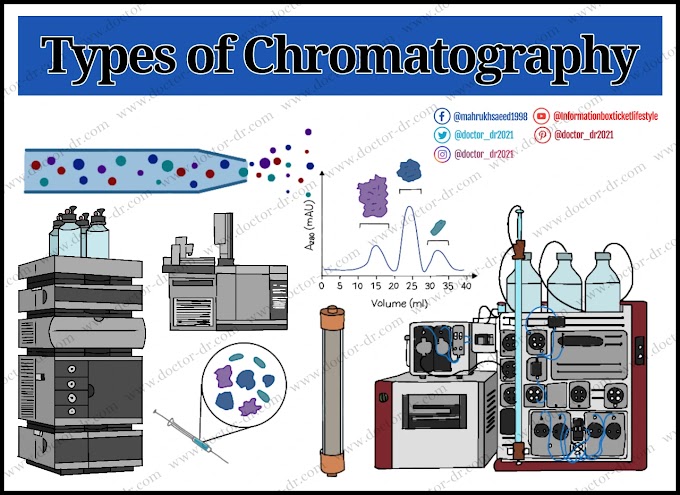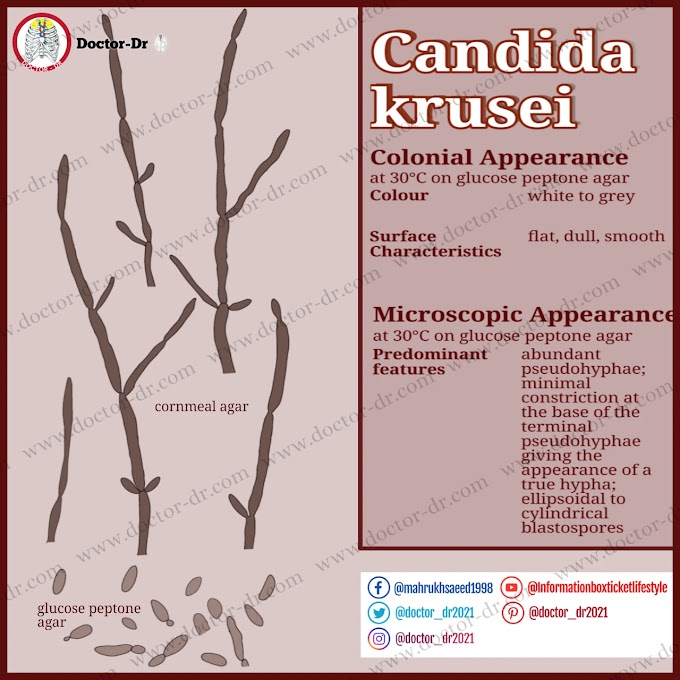The Defining Characteristics of Staphylococcus Epidermidis
Staphylococcus epidermidis is a gram-positive, catalase-positive, coagulase-negative, and urease-positive bacterium. It is essential to understand these defining characteristics, as they play a crucial role in differentiating Staphylococcus epidermidis from its more notorious counterpart, Staphylococcus aureus.
One of the key distinctions between these two staphylococcal species is their coagulase activity. While Staphylococcus aureus is coagulase-positive, Staphylococcus epidermidis is coagulase-negative. This simple yet critical difference is a hallmark that test writers often use to differentiate the two pathogens on exams.
Additionally, Staphylococcus epidermidis is known to be novobiocin-sensitive and does not ferment mannitol, further highlighting its unique characteristics compared to Staphylococcus aureus. Committing these distinguishing features to memory is crucial, as they can serve as valuable tools in accurately identifying Staphylococcus epidermidis on medical exams.
Staphylococcus Epidermidis: A Resident of the Normal Skin Flora
One of the most important facts about Staphylococcus epidermidis is that it is a part of the normal skin flora. This means that this bacterium naturally resides on the surface of our skin, particularly on the epidermis of our hands and fingers. This understanding is crucial when considering the types of infections Staphylococcus epidermidis can cause.
To help cement this concept, a useful mnemonic is to think of Staphylococcus epidermidis as "Staphylococcus epidermis" – the staphylococcus that lives on the epidermis, or the outer layer of our skin. Visualizing Staphylococcus epidermidis as a resident of the epidermis, specifically on our hands and fingers, will aid in remembering its role as a normal skin flora inhabitant.
The Biofilm: Staphylococcus Epidermidis' Virulence Factor
Unlike its more virulent counterpart, Staphylococcus aureus, Staphylococcus epidermidis has a single, yet highly significant, virulence factor: the production of a biofilm. This biofilm is composed of both polysaccharides and proteins, and it serves two primary functions for the bacterium.
First, the biofilm aids in the adhesion of Staphylococcus epidermidis to various surfaces and devices. This is particularly problematic when the bacterium contaminates medical devices, such as catheters, that are introduced into the body. The biofilm allows the bacteria to cling to these devices, increasing the risk of device-associated infections.
Secondly, the biofilm provides a physical shield that protects Staphylococcus epidermidis from being eliminated by the body's immune system or antimicrobial agents. This shielding effect makes the bacteria more difficult to eradicate once it has established a foothold on a medical device.
To remember the importance of the biofilm, consider the mnemonic of "something sticky on the epidermis." Just as a sticky substance can adhere to the skin on your hands and fingers, the biofilm produced by Staphylococcus epidermidis allows the bacteria to cling to medical devices and shields it from being removed.
Staphylococcus Epidermidis and Device-Associated Infections
Due to its ability to form biofilms and its presence as a normal skin flora, Staphylococcus epidermidis is particularly adept at causing device-associated infections. When individuals fail to maintain proper hand hygiene and then touch a medical device, such as a catheter, Staphylococcus epidermidis can transfer from the skin to the device, leading to an infection in the patient.
These device-associated infections are a significant concern, as the biofilm produced by Staphylococcus epidermidis can protect the bacteria from being eradicated, making the infections challenging to treat. Recognizing the link between Staphylococcus epidermidis, its biofilm formation, and device-associated infections is crucial for understanding the clinical implications of this pathogen.
Differentiating Staphylococcus Epidermidis from Staphylococcus Aureus
On medical exams, the ability to differentiate Staphylococcus epidermidis from Staphylococcus aureus is often a key focus. While these two staphylococcal species may appear similar under a microscope, there are several distinguishing characteristics that can help you identify them accurately.
As mentioned earlier, the coagulase activity is a primary differentiating factor, with Staphylococcus aureus being coagulase-positive and Staphylococcus epidermidis being coagulase-negative. Additionally, Staphylococcus epidermidis is novobiocin-sensitive and does not ferment mannitol, whereas Staphylococcus aureus exhibits the opposite characteristics.
Furthermore, the clinical syndromes associated with each pathogen can also serve as a means of differentiation. Staphylococcus aureus is known to cause conditions like toxic shock syndrome, while Staphylococcus epidermidis is more commonly linked to device-associated infections, such as those involving catheters.
By understanding the defining characteristics, virulence factors, and clinical manifestations of Staphylococcus epidermidis, you can confidently distinguish it from its more well-known counterpart, Staphylococcus aureus, on medical exams and in clinical practice.
Treatment Considerations for Staphylococcus Epidermidis
While the treatment of Staphylococcus epidermidis infections is not a high-yield topic for medical exams, it is worth briefly discussing for the sake of completeness.
Empirical treatment for Staphylococcus epidermidis infections typically begins with vancomycin. However, the textbook answer suggests that cefazolin, oxacillin, or nafcillin may also be effective in treating these infections.
It is important to note that the treatment of Staphylococcus epidermidis infections is often complicated by the bacterium's ability to form biofilms, which can protect it from antimicrobial agents and the host's immune response. This underscores the significance of understanding the virulence factors of Staphylococcus epidermidis and their clinical implications.
Conclusion
Staphylococcus epidermidis, though often overshadowed by its more infamous counterpart, Staphylococcus aureus, is a bacterium that deserves careful attention. By understanding its defining characteristics, its role as a member of the normal skin flora, its key virulence factor (the biofilm), and its association with device-related infections, you can effectively navigate the complexities of this pathogen on medical exams and in clinical practice.
Remember, the key to success is to think of Staphylococcus epidermidis as "Staphylococcus epidermis" – the staphylococcus that resides on the epidermis of our hands and fingers. This visual association, combined with the mnemonics provided, will help you confidently identify and differentiate Staphylococcus epidermidis from other staphylococcal species, ultimately enhancing your performance on medical exams and in your clinical endeavors.


~1.webp)

.webp)


